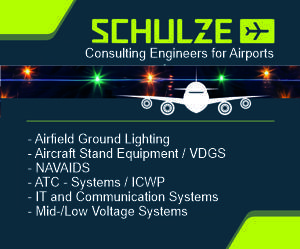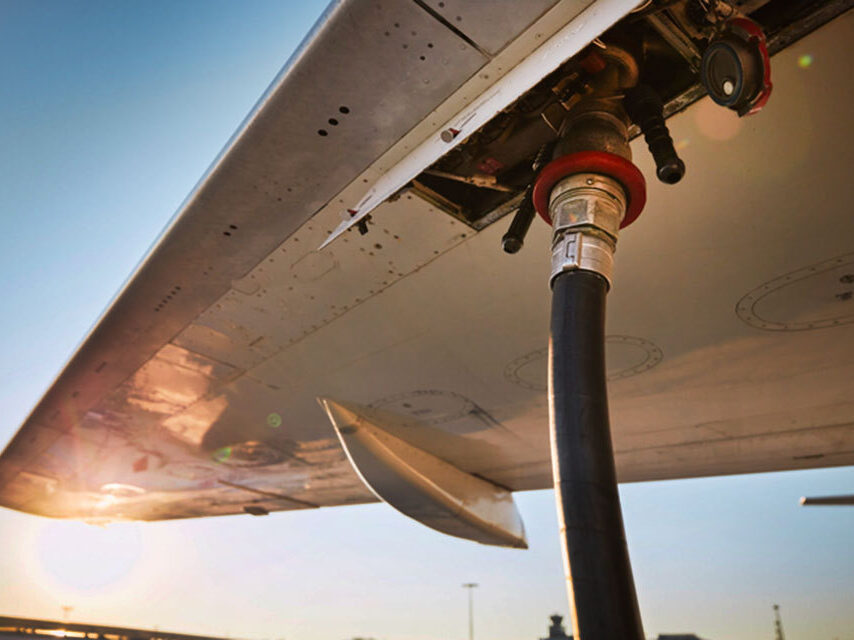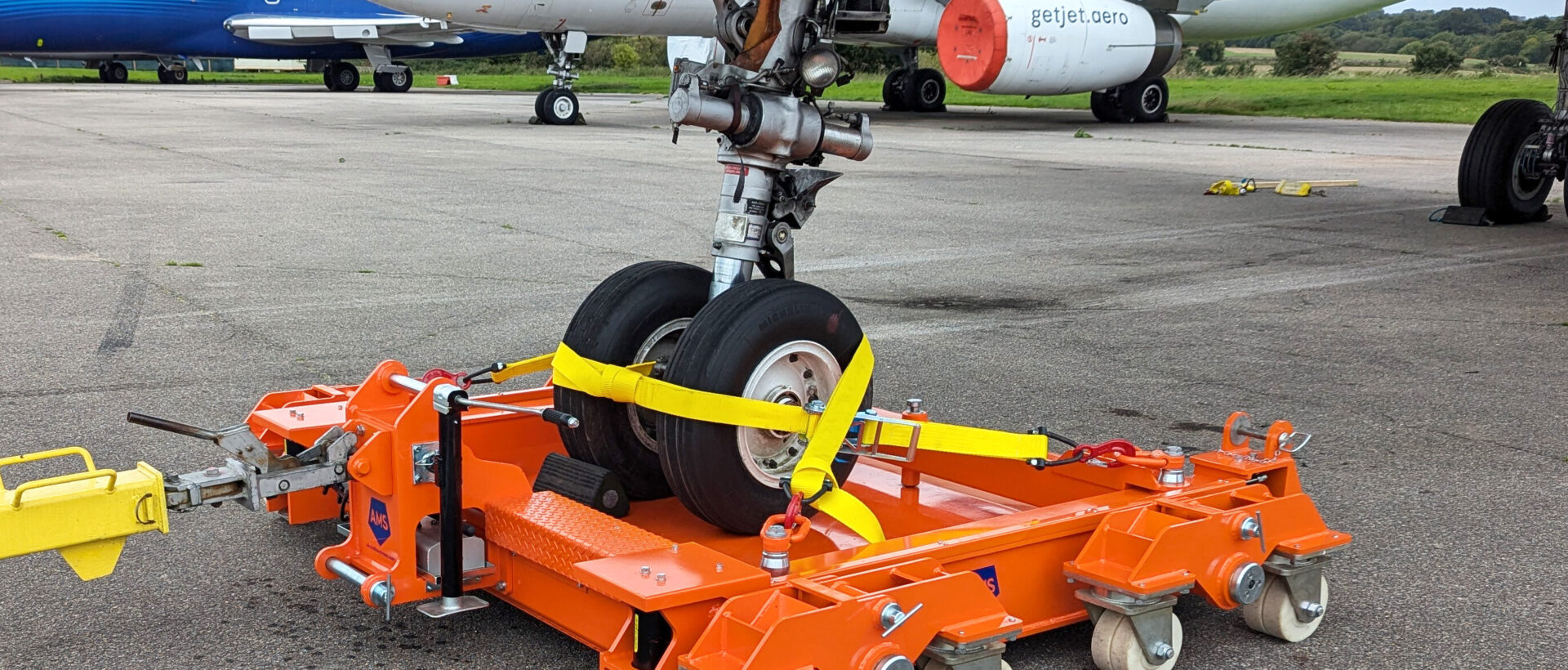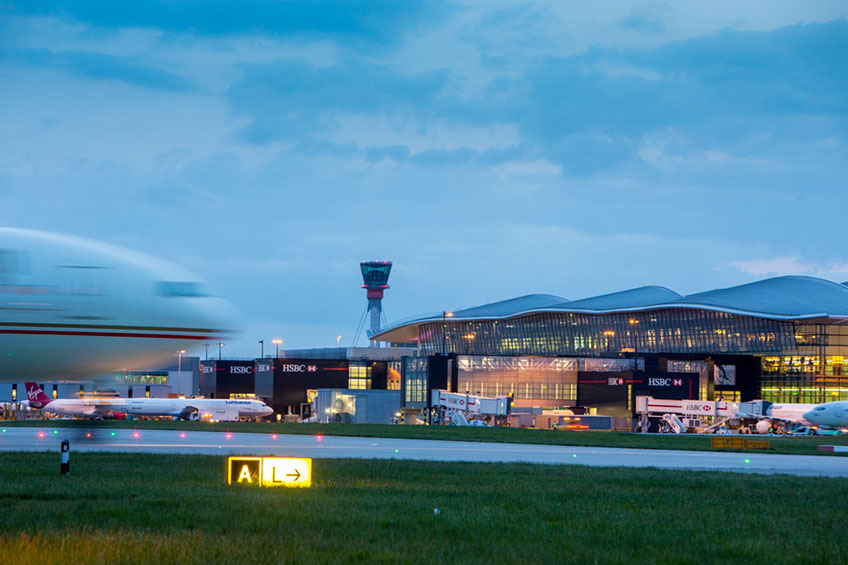As the aviation industry confronts mounting pressure to decarbonise, hydrogen is increasingly viewed as a long-term solution for zero-emission flight.
However, following Airbus’ postponement of its ZEROe programme, which planned to launch a hydrogen-powered commercial aircraft by 2035, the motivation and momentum for airports to develop hydrogen infrastructure is arguably slowing.
At Sustainable Skies World Summit, held at Farnborough International Airport in the UK, industry leaders considered whether investments in this field are slowing — or at least recalibrating.
Airbus’ ZEROe Programme
In February 2025, Airbus delayed its ZEROe hydrogen aircraft programme, pushing it back by 5 to 10 years and reducing its budget by 25%.
This programme was set to launch the world’s first commercial aircraft powered by hydrogen. To support this vision, Airbus has also been working with airports globally to advance the development of hydrogen infrastructure.
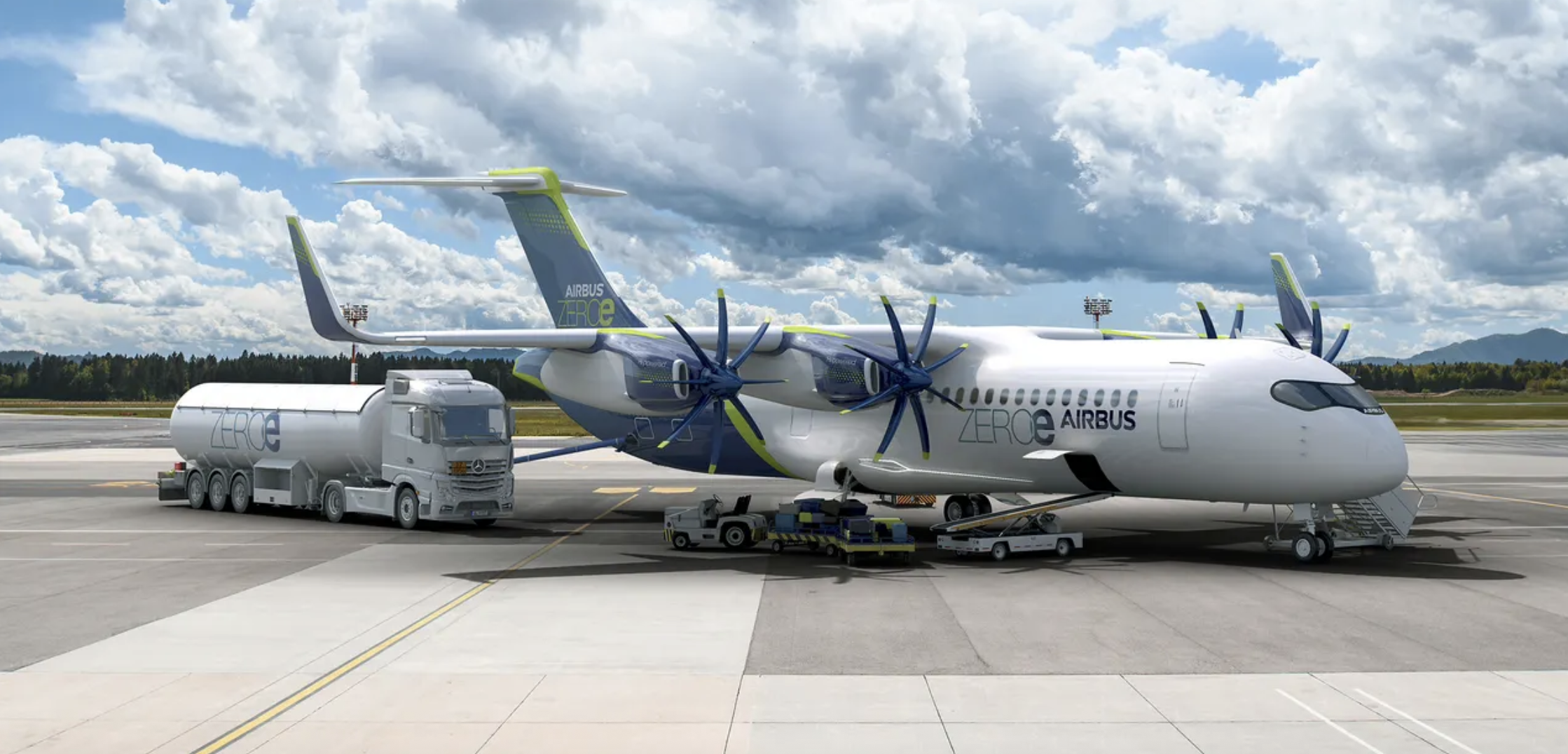
Airbus has now cited several reasons for the delay, including slow technological progress, infrastructure challenges, and hurdles in developing a robust hydrogen ecosystem that incorporates the required production, storage, and distribution networks for a fleet of hydrogen-powered aircraft.
On the panel “Sustainable Airports for a Net Zero Future,” moderator Jane Thompson, Deputy Chair of British Aviation Group questioned whether this announcement has given airports an excuse to put their tools down and relax, rather than rapidly working to ensure the infrastructure is ready for the aircraft.
In response, Matt Gorman, Carbon Strategy Director at Heathrow Airport, acknowledged the influence of Airbus’ ZEROe programme in shaping airport infrastructure planning. When Airbus was targeting a 2035 entry into service for a narrowbody hydrogen-powered aircraft, it provided Heathrow with a clear incentive to invest in hydrogen infrastructure, particularly given that narrowbody aircraft account for around half of the airport’s movements. Gorman stated that Heathrow was thus actively planning for requirements to facilitate this vision, such as safeguarding space for hydrogen liquefaction on site. While the airport has not abandoned these plans, the delay to Airbus’ timeline has arguably reduced the urgency of such projects in the short term.
Political Shifts
In addition to the delays to Airbus’ programme, Meiltje de Groot, CEO at Groningen Airport Eelde, warned that political shifts and uncertainties can negatively impact investment in hydrogen infrastructure. She pointed to developments in the US, where President Trump’s renewed focus on fossil fuels has reduced incentives for major oil companies to invest in clean energy.
This broader shift in sentiment was echoed by Jenny Kavanagh, Co-Chair of the Zero Emissions Flight Infrastructure Group (ZEFIG), during a separate panel discussion. She observed that the world is beginning to experience “sustainability fatigue,” with growing public and political disengagement from decarbonisation efforts. In light of this, Kavanagh stressed the importance of maintaining momentum in hydrogen initiatives and ensuring continued government backing.
Despite these social and political headwinds, panellists agreed that innovation in sustainable technologies remains competitively advantageous within the industry. However, while competing to deploy new infrastructure, airports also recognise the need for coordination to maximise the impact. As Gorman highlighted, the rollout of hydrogen infrastructure needs to be global, as there is no value in having the capabilities at Heathrow if it is not also present to service the aircraft at the other end of the route. This underscores the importance of collaboration between airports and policies worldwide in scaling up hydrogen infrastructure.
Ongoing Developments
Despite the potential setbacks to the future of hydrogen-powered flight, many airports are continuing to plan ahead, with Gorman emphasising that airports do not want to act as the blocker in the journey towards net-zero aviation.
For example, Heathrow is using one of its stands as a testbed for ground uses of hydrogen, such as vehicles and generators, enabling the airport to build confidence in using the technology while developing regulatory frameworks. Meanwhile, Groningen Airport Eelde is continuing to develop a “Hydrogen Valley Airport” through its NXT Airport programme. This will create a full-scale hydrogen ecosystem at the airport, incorporating green hydrogen production, distribution and use.
Further emphasising the point that airports are being proactive in preparing for the rollout of hydrogen infrastructure, Alexandre de Joybert, Director of Sustainability at ACI Europe stressed:We are not just sitting and waiting for Airbus to make their decisions.
Net-zero flight will need a lot of investment, and this is also why we need to think about it quite in advance, so that airports can plan for this huge investment.
There are some uncertainties, but in the meantime, we will continue making ourselves ready for when it happens.
In support of this perspective, ACI EUROPE plays an active role in the Alliance for Zero-Emission Aviation (AZEA), a European Commission-led initiative aimed at readying the aviation sector for the transition to hydrogen and electric-powered flight.
The panel emphasised that airports plan to stay ahead of the curve in preparing for future rollouts. Indeed, as Denise Pronk, Head of Sustainability at Royal Schiphol Group, rightly pointed out, Airbus is not the only manufacturer working on hydrogen propulsion, and airports likewise want to serve new entrants in the market.
Hydrogen Projects
Emphasising the ongoing investments in hydrogen infrastructure, a second panel discussion on “Hydrogen at Scale – Building the Infrastructure for Aviation’s Future” took a closer look at some of the ongoing programmes in this sector, working to overcome challenges and prepare for hydrogen-powered flight at airports. These include:
TULIPS
Victoria Hughes, Associate Director & Head of Sustainability at egis presented the TULIPS project, an EU-backed initiative led by the Royal Schiphol Group aimed at helping airports reduce their carbon footprint and transition toward more sustainable operations.
One of its key achievements is the development of a hydrogen-powered ground power unit (H2-GPU), which replaces diesel units typically used to power aircraft while on the ground. Successfully tested at Amsterdam Airport Schiphol, the H2-GPU produces only water vapour, making it a cleaner and quieter alternative to diesel.
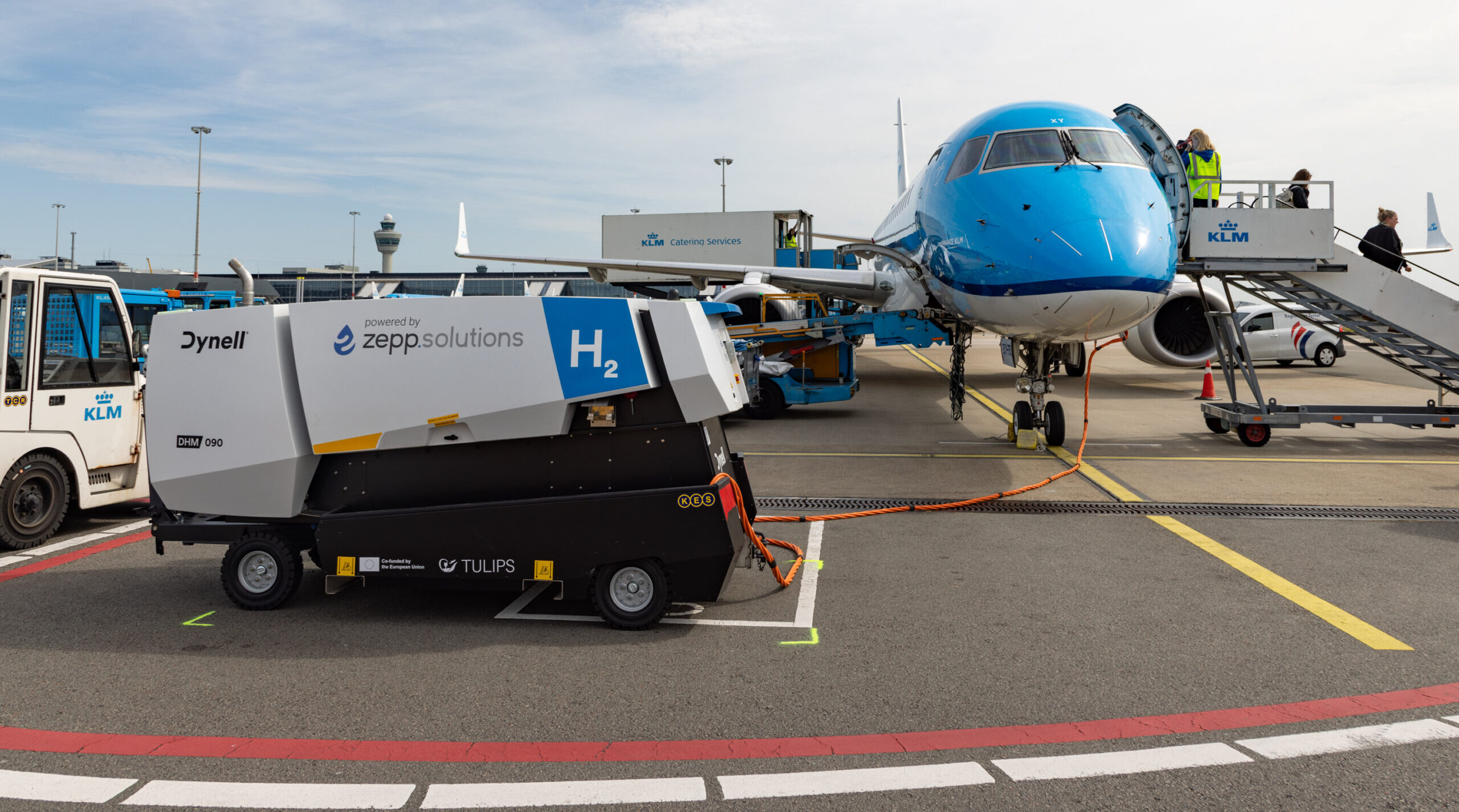
Glasgow Airport Hydrogen Hub
Fiona Smith, Sustainability Director at AGS Airports detailed the development of a hydrogen hub at Glasgow Airport, incorporating aircraft and ground handling equipment, as well as landside vehicles operating across the terminal.
It is planned that this model could be replicated at AGS Airports’ other airports in Aberdeen and Southampton airports, as well as further afield globally.
Exeter Airport’s Hydrogen Trial
Helen Leadbetter from the UK CAA celebrated the completion of the recent hydrogen-powered trial at Exeter Airport. This marked the UK’s first hydrogen-powered live aircraft turnaround, a significant milestone for sustainable aviation.
This trial involved servicing a TUI Boeing 737 using ground support equipment (GSE) powered entirely by green hydrogen.
These initiatives help overcome obstacles in scaling the use of hydrogen at airports worldwide. By focusing on small-scale, demonstrable use cases, they lay important groundwork that can be built upon over time. Indeed, although Kavanagh noted that hydrogen is not a new technology, it remains critical to learn how to handle it in high volumes and in close proximity to the public. These projects are therefore able to inform safety case analyses and help direct transition planning and master planning at airports.
Overall, the panellists stressed that investment and momentum in developing hydrogen infrastructure at airports need to continue; otherwise, the pioneering work already underway risks falling short of its long-term potential.
Panel moderator, Graham Bolton, Global Practice Lead for Aviation at Mott MacDonald summarised:We can't wait for the aircraft, the airframe manufacturer, and the engine manufacturer to say, ‘we’ve got a solution—bring on the infrastructure.’ We've got to get on with it, and we’ve got to get on with it now.
Airports are thus not abandoning hydrogen, but are conceivably slowing their pace to match evolving technological, economic, and policy realities. The vision for a hydrogen-powered aviation future remains, and airports are wisely focusing on laying the groundwork so that when the hydrogen aircraft finally arrives, the infrastructure is ready to support it.


